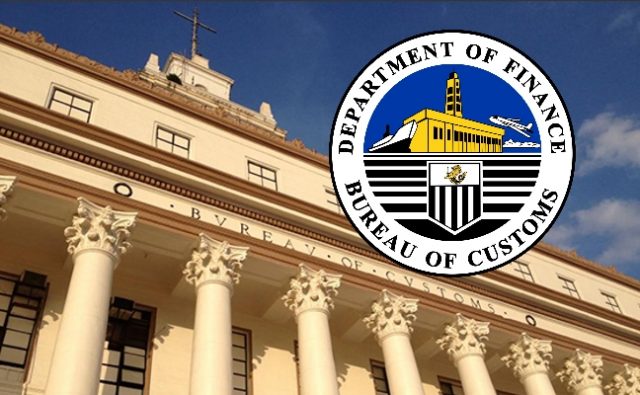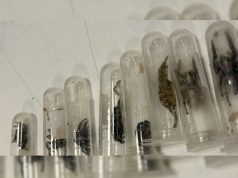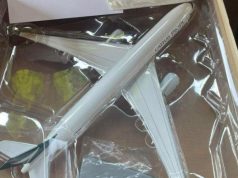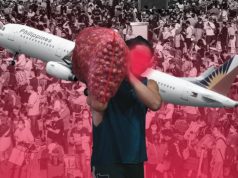MANILA – The cargo clearance process at the Port of Manila will now be fully paperless after the chief of the Bureau of Customs announced yesterday that he had ordered the dismantling of transaction windows at the country’s second largest port.
Customs Commissioner Isidro S. Lapeña said yesterday that he ordered the removal of the Formal Entry Division’s 15 window sections “effective immediately” as part of efforts to curb corruption.
Import entry declarations are made through that unit, the Formal Entry Division, but the face-to-face transactions between Customs examiners and traders could prompt collusion in declaring valuation of shipments that favor the importer in exchange for money.
“The 15 sections, we will resort to a queuing system of the (Formal Entry Division)… It will remove one source of corruption,” Mr. Lapeña told a press briefing.
“There are fixed examiners assigned on windows. This time, hindi na ngayon (that’s no longer the case). So any examiner can be assigned to any broker to assess the shipment. So mawawala yungface-to-face contact, yung familiarity (There will be no more face-to-face contact, no more familiarity),” he added.
The order will first cover the Port of Manila for “operational testing.” That port is the Philippines’ largest in terms of revenue collection after the Manila International Container Port (MICP). Mr. Lapeña said that other ports will follow once the new system is deemed “efficient.”
“It will be soon implemented in the Manila International Container Port (MICP) and all over the country once we perfect the system,” he said in mixed Filipino and English.
Federation of Philippine Industries (FPI) chairman Jesus L. Arranza doubts the latest move could eradicate corruption in import entry declarations.
“Even if you remove the person to person, can’t they not meet outside? In hotels? They can talk anywhere all over the country. So what good will it give you?” Mr. Arranza said in a phone interview.
Mr. Arranza proposed that on the Customs bureau’s web site, there should be a reference value for commodities to guide both the trader and the Customs examiner. He added that compliance to that should be monitored.
“The only issue to curb misvaluation is by putting an effective and up-to-date reference value. It can be obtained from the good people in the industry,” he said.
Mr. Arranza also wants Customs to fully implement the Customs Modernization and Tariff Act, or Republic Act No. 10863, to adopt modernized rules.
Mr. Lapeña said documents queued on the Formal Entry Division will still follow the five-day mandatory document processing rule under Customs Memorandum Order No. 24-2017 signed last week — a preventive measure as delays prompt Customs officers to ask for grease money in exchange for the streamlining of traders’ documents.
The Customs chief had also dismissed eight district collectors from their post, and reassigned 30 section chiefs to provincial offices earlier this month as part of efforts to clean up the bureaucracy.
The BoC is tasked to collect P459.6 billion this year. As of September, they have collected P323.825 billion










